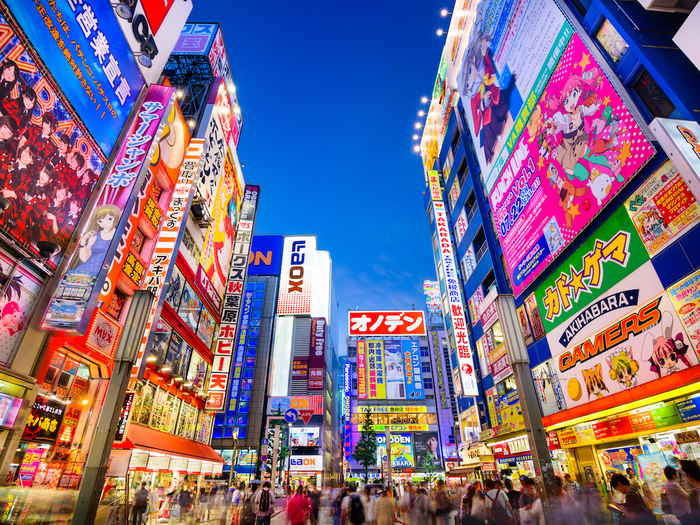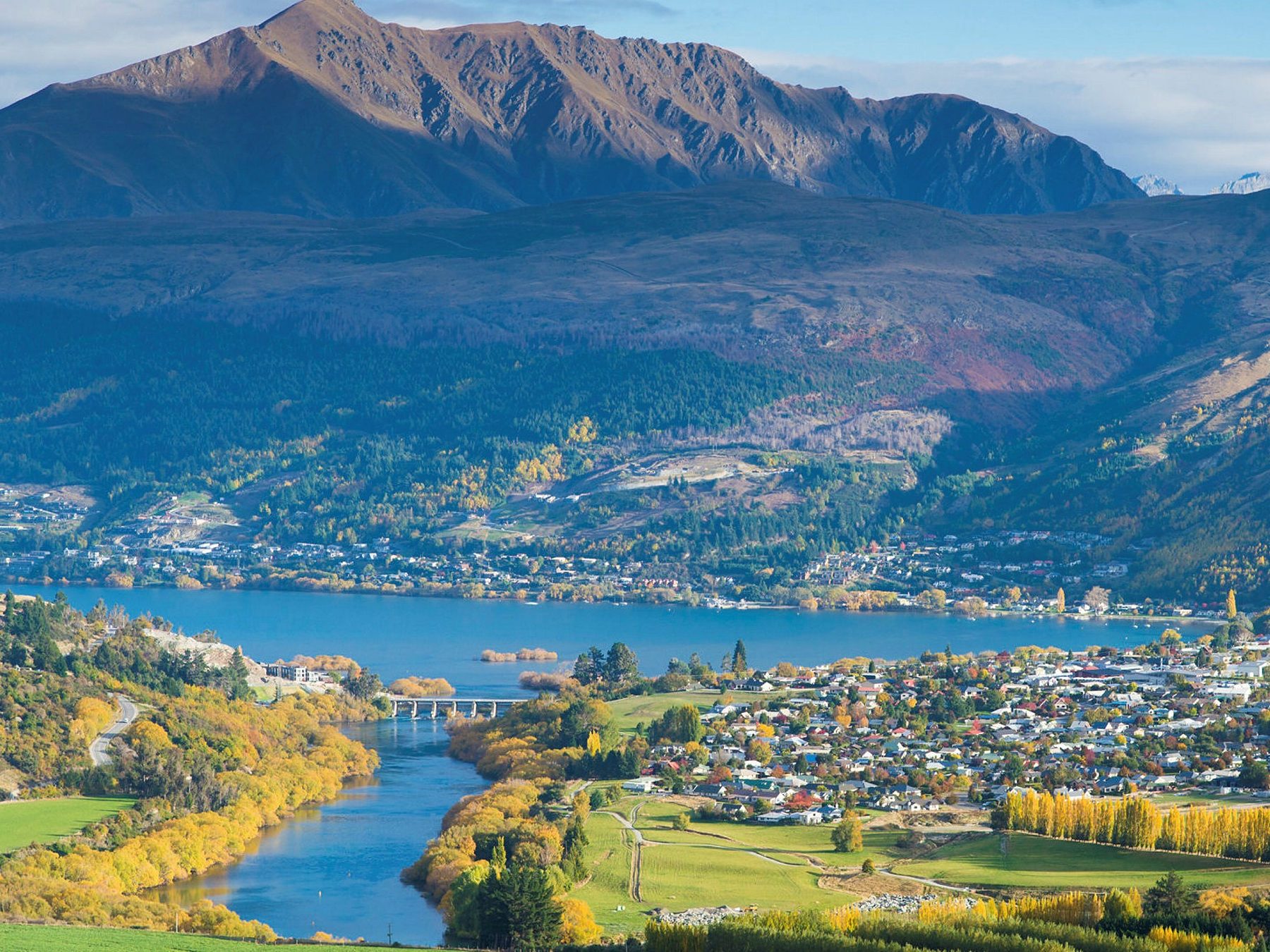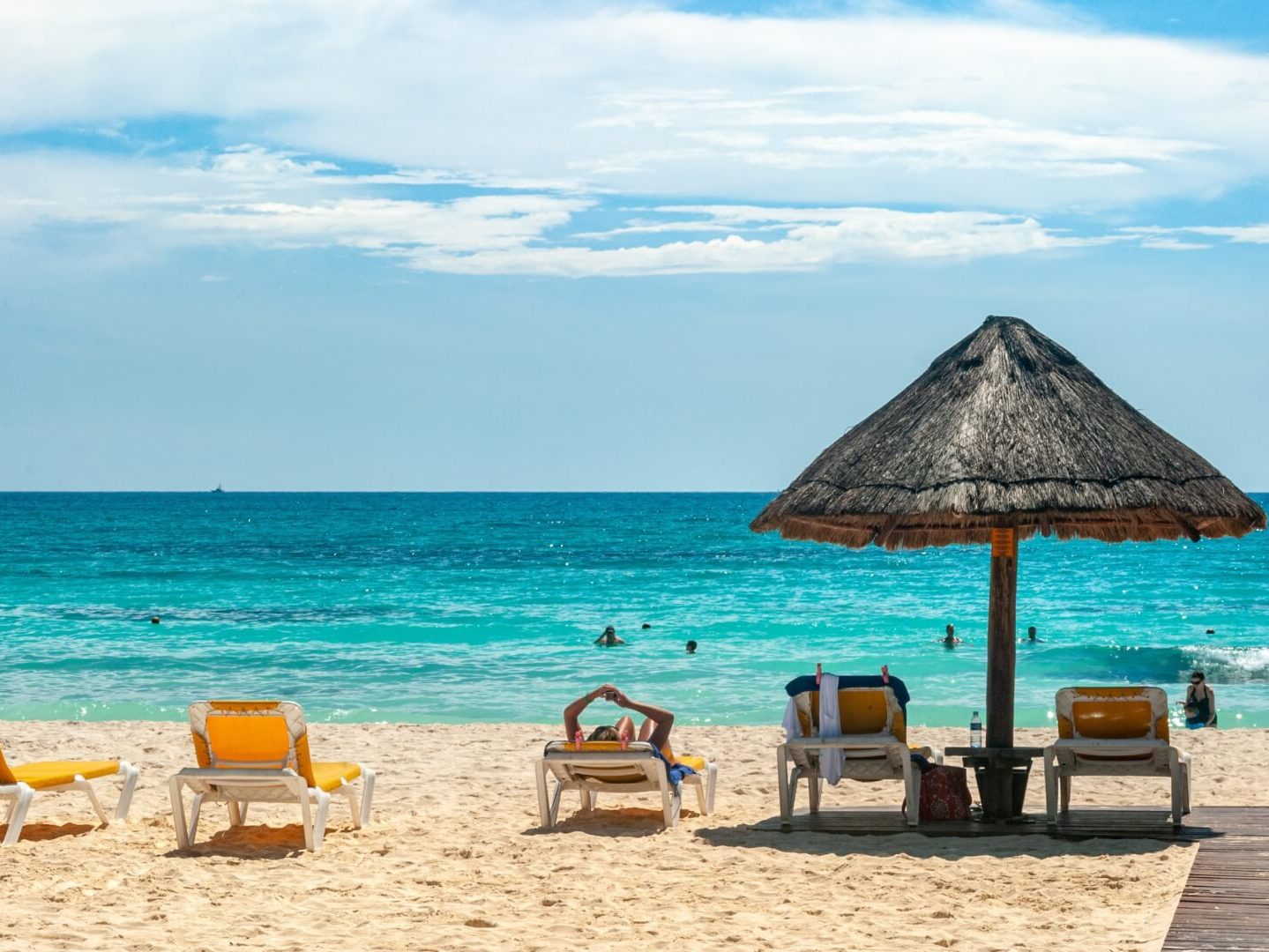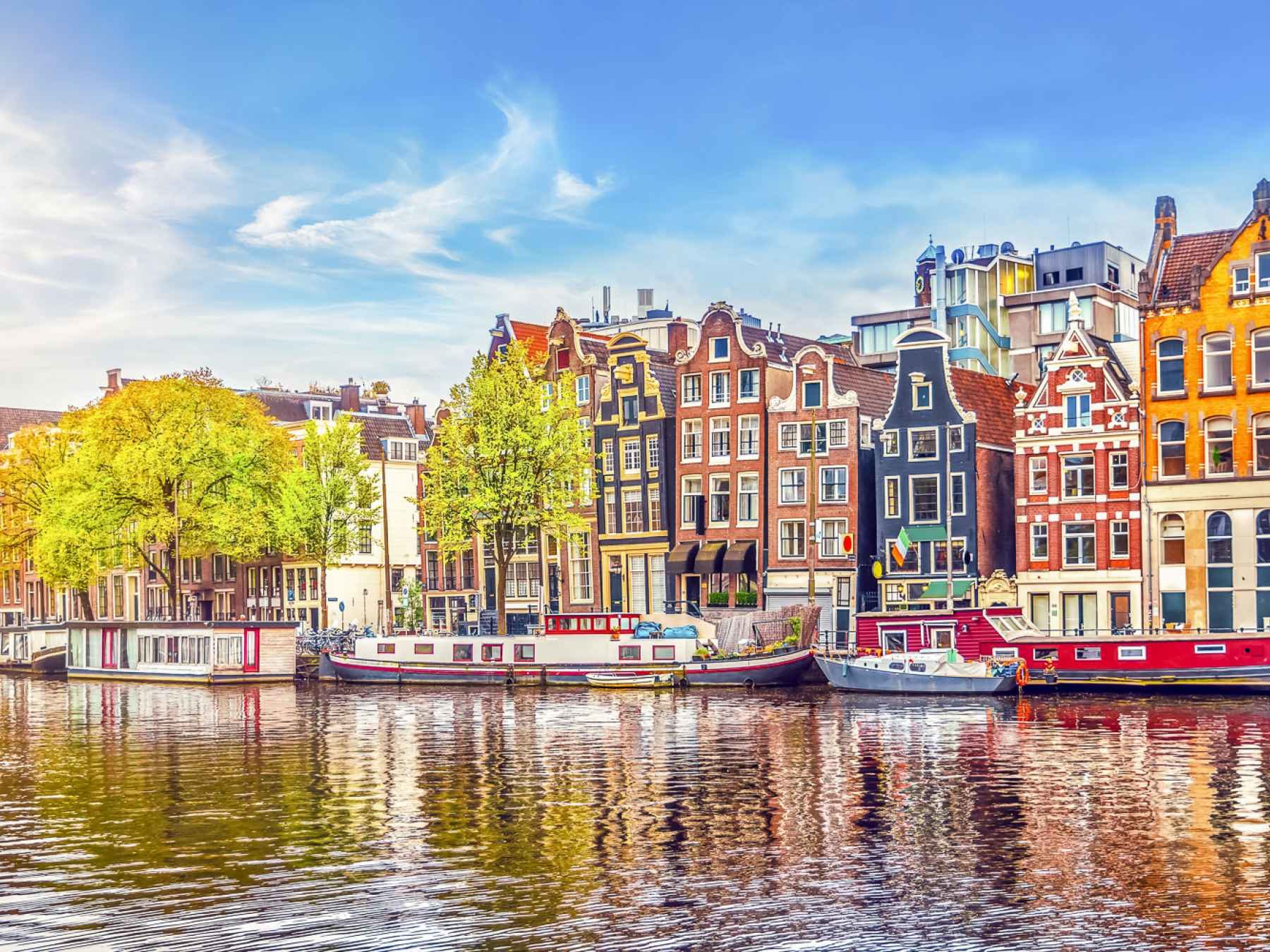Aruba
Aruba is a constituent country of the Kingdom of the Netherlands physically located in the mid-south of the Caribbean Sea, about 29 kilometres (18 mi) north of the Venezuelan peninsula of Paraguaná and 80 kilometres (50 mi) northwest of Curaçao. It measures 32 kilometres (20 mi) long from its northwestern to its southeastern end and 10 kilometres (6 mi) across at its widest point.[5] Together with Bonaire and Curaçao, Aruba forms a group referred to as the ABC islands. Collectively, these and the other three Dutch substantial islands in the Caribbean are often called the Dutch Caribbean, of which Aruba has about one-third of the population. In 1986, it became a constituent country within the Kingdom of the Netherlands, and acquired the formal name the Country of Aruba.
Aruba is one of the four countries that form the Kingdom of the Netherlands, along with the Netherlands, Curaçao, and Sint Maarten; the citizens of these countries are all Dutch nationals. Aruba has no administrative subdivisions, but, for census purposes, is divided into eight regions. Its capital is Oranjestad.
Unlike much of the Caribbean region, Aruba has a dry climate and an arid, cactus-strewn landscape. The climate has helped tourism, because visitors to the island can expect clear, sunny skies all year.[citation needed] Its area is 179 km2 (69.1 sq mi) and it is quite densely populated, with 101,484 inhabitants as at the 2010 Census. A January 2019 estimate of the population placed it at 116,600.
Etymology
There are different theories as to the origin of the name Aruba:
- From the Spanish Oro hubo which means “there was gold”
- From the Island Carib word Oruba which means “well-placed”
- From the Island Carib words Ora (“shell”) and Oubao (“island”)
History
There has been a human presence on Aruba from as early as circa 2000 BC. The first identifiable group are the Arawak Caquetío Amerindians who migrated from South America about 1000 AD. Archaeological evidence suggests continuing links between these native Arubans and Amerindian peoples of mainland South America.
Cities and Towns
The island, with a population of about 116,600 people (1 January 2019 estimate) does not have major cities. It is divided into six districts. Most of the island’s population resides in or around the two major city-like districts of Oranjestad (the capital) and San Nicolaas. Oranjestad and San Nicolaas are both divided into two districts for census purposes only. The districts are as follows:
- Noord
- Oranjestad (East and West)
- Paradera
- San Nicolaas (North and South)
- Santa Cruz
- Savaneta
Climate and Natural Hazards
Aruba has a hot semi-arid climate (Köppen BSh). Rainfall is scarce, only 300 millimeters (12 inches) per year; in particular, rainy season is drier than it normally is in tropical climates; during the dry season, it almost never rains. Owing to the scarcity of rainfall, the landscape of Aruba is arid. Mean monthly temperature in Oranjestad varies little from 27.0 °C (80.6 °F) to 29.6 °C (85.3 °F), moderated by constant trade winds from the Atlantic Ocean, which come from the north-east. Yearly rainfall barely exceeds 350 millimetres or 14 inches in Oranjestad, although it is extremely variable and can range from as little as 150 millimetres or 6 inches during strong El Niño years (e.g. 1911/1912, 1930/1931, 1982/1983, 1997/1998) to over 1,000 millimetres or 39 inches in La Niña years like 1933/1934, 1970/1971 or 1988/1989.
Tourism
Aruba has a large and well-developed tourism industry, receiving 1,082,000 tourists who stayed overnight in its territory in 2018. About 3⁄4 of the Aruban gross national product is earned through tourism and related activities. Most tourists are from North America, with a market-share of 73.3%, followed by Latin America with 15.2% and Europe with 8.3%. In 2018, there were 40,231 visitors from the Netherlands.
For private aircraft passengers bound for the United States, the United States Department of Homeland Security (DHS), U.S. Customs and Border Protection (CBP) has a full pre-clearance facility since 1 February 2001 when Queen Beatrix Airport expanded. Since 2008, Aruba has been the only island to have this service for private flights.
There are many luxury and lesser luxury hotels, concentrated mainly on the west coast beaches. In Palm Beach are the luxury hotels aimed at American tourists. This area is also called “Highrise-area”, because most of the hotels are located in (by Aruban standards) high-rise buildings. Eagle Beach, a short distance from Palm Beach in the direction of Oranjestad, offers hotels on a somewhat smaller and more intimate scale in low-rise buildings, hence the name “lowrise-area”.
Oranjestad is the port for the many cruise ships that visit Aruba. The cruise industry is a very important pillar of tourism in Aruba, since during a cruise a large part of the passengers go ashore to visit the island. With 334 cruise calls, Aruba received 815,161 cruise tourists in 2018. The 2017/2018 cruise season brought $102.8 million to Aruba’s economy. Oranjestad is also home to several luxury hotels, upscale shopping malls, tourist-oriented shopping streets, and hospitality facilities. The main street, called Caya G.F. (Betico) Croes, has been redesigned in recent years, including new paving, new palm trees and a streetcar line for tourists.
Culture
Aruba has a varied culture. According to the Bureau Burgelijke Stand en Bevolkingsregister (BBSB), in 2005 there were ninety-two different nationalities living on the island. Dutch influence can still be seen, as in the celebration of “Sinterklaas” on 5 and 6 December and other national holidays like 27 April, when in Aruba and the rest of the Kingdom of the Netherlands the King’s birthday or “Dia di Rey” (Koningsdag) is celebrated.
On 18 March, Aruba celebrates its National Day. Christmas and New Year’s Eve are celebrated with the typical music and songs for gaitas for Christmas and the Dande for New Year, and ayaca, ponche crema, ham, and other typical foods and drinks. On 25 January, Betico Croes’ birthday is celebrated. Dia di San Juan is celebrated on 24 June. Besides Christmas, the religious holy days of the Feast of the Ascension and Good Friday are also holidays on the island.
The festival of Carnaval is also an important one in Aruba, as it is in many Caribbean and Latin American countries. Its celebration in Aruba started in the 1950s, influenced by the inhabitants from Venezuela and the nearby islands (Curaçao, St. Vincent, Trinidad, Barbados, St. Maarten, and Anguilla) who came to work for the oil refinery. Over the years, the Carnival Celebration has changed and now starts from the beginning of January until the Tuesday before Ash Wednesday, with a large parade on the last Sunday of the festivities (the Sunday before Ash Wednesday).
Tourism from the United States has recently increased the visibility of American culture on the island, with such celebrations as Halloween in October and Thanksgiving Day in November.
Categories: Central America & Caribbean
More Lifehack Videos





